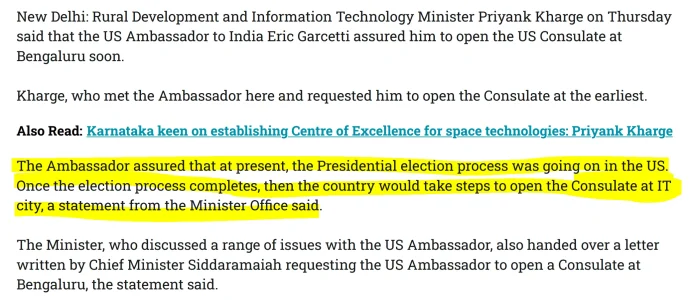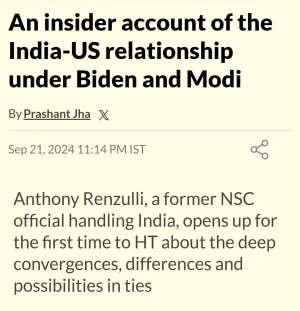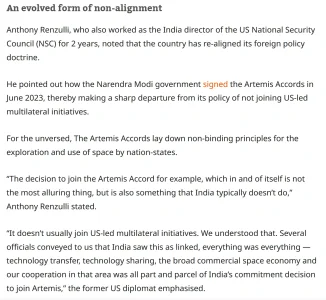- Joined
- Jul 2, 2024
- Messages
- 847
- Likes
- 2,730
Xi Jinping and His Disputes in the South China Sea and Himalayas
Over the past decade, particularly since Xi Jinping assumed power as China's leader, tensions with neighboring countries have escalated significantly. One of the most notable flashpoints has been the dispute with India, which first gained attention in 2017 during the Doklam standoff—a conflict many saw as avoidable. While the standoff eventually cooled, confrontations escalated in Galwan, the Pangong Lake area, and north of Tawang. Though China quickly withdrew from Doklam, Galwan, and Tawang, it kept the disputes simmering. In a decisive move, India occupied the strategic Kailash Heights, forcing China to relinquish its extended control over the Pangong Lake region. At Tawang, Indian forces pushed back Chinese troops in hand-to-hand combat, and since then, China has not returned to the area.
Curiously, since Xi came to power, dormant border issues have flared up. It appears he believes intimidation can secure victory, though this has proven to be a miscalculation.
Xi also attempted to threaten Taiwan with a massive naval buildup and the looming threat of invasion. However, the United States quickly intervened, backing Taiwan and effectively neutralizing any Chinese aggression. This show of force allowed Taiwan and the U.S. to strengthen their positions in the Taiwan Strait, making a Chinese invasion increasingly unlikely. After this failed attempt, Xi turned his attention to the Philippines.
In the Philippines, Xi employed similar tactics to those used against India, but in the open seas. He miscalculated, however, as help can arrive swiftly in maritime disputes. China made sweeping territorial claims over areas long recognized as part of the Philippines' domain. Once again, the U.S. stepped in to support the Philippines, which also strengthened its defenses by purchasing advanced military equipment from India and elsewhere to counter China’s intimidation.
Xi’s primary confidence lies in his vast navy, which he uses to pressure his maritime neighbors. However, China's naval forces, from sailors to admirals, lack the experience needed for full-scale naval combat. In contrast, the U.S. Navy’s superior tactics and ability to disrupt China’s sea trade routes pose a significant threat, potentially cutting off China’s vital export lifelines.
All these conflicts seem unnecessary, yet Xi appears to be relishing them despite the lack of success. Meanwhile, other nations, recognizing his ambitions, have bolstered their military capabilities, ready to deliver a strong response if necessary.
Over the past decade, particularly since Xi Jinping assumed power as China's leader, tensions with neighboring countries have escalated significantly. One of the most notable flashpoints has been the dispute with India, which first gained attention in 2017 during the Doklam standoff—a conflict many saw as avoidable. While the standoff eventually cooled, confrontations escalated in Galwan, the Pangong Lake area, and north of Tawang. Though China quickly withdrew from Doklam, Galwan, and Tawang, it kept the disputes simmering. In a decisive move, India occupied the strategic Kailash Heights, forcing China to relinquish its extended control over the Pangong Lake region. At Tawang, Indian forces pushed back Chinese troops in hand-to-hand combat, and since then, China has not returned to the area.
Curiously, since Xi came to power, dormant border issues have flared up. It appears he believes intimidation can secure victory, though this has proven to be a miscalculation.
Xi also attempted to threaten Taiwan with a massive naval buildup and the looming threat of invasion. However, the United States quickly intervened, backing Taiwan and effectively neutralizing any Chinese aggression. This show of force allowed Taiwan and the U.S. to strengthen their positions in the Taiwan Strait, making a Chinese invasion increasingly unlikely. After this failed attempt, Xi turned his attention to the Philippines.
In the Philippines, Xi employed similar tactics to those used against India, but in the open seas. He miscalculated, however, as help can arrive swiftly in maritime disputes. China made sweeping territorial claims over areas long recognized as part of the Philippines' domain. Once again, the U.S. stepped in to support the Philippines, which also strengthened its defenses by purchasing advanced military equipment from India and elsewhere to counter China’s intimidation.
Xi’s primary confidence lies in his vast navy, which he uses to pressure his maritime neighbors. However, China's naval forces, from sailors to admirals, lack the experience needed for full-scale naval combat. In contrast, the U.S. Navy’s superior tactics and ability to disrupt China’s sea trade routes pose a significant threat, potentially cutting off China’s vital export lifelines.
All these conflicts seem unnecessary, yet Xi appears to be relishing them despite the lack of success. Meanwhile, other nations, recognizing his ambitions, have bolstered their military capabilities, ready to deliver a strong response if necessary.











